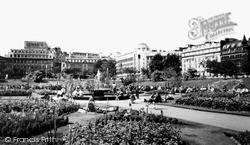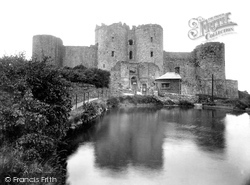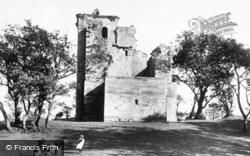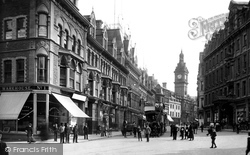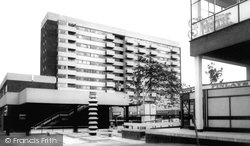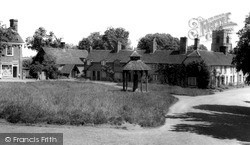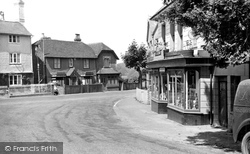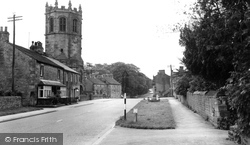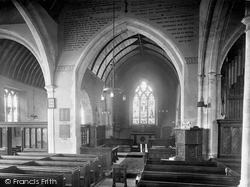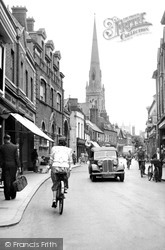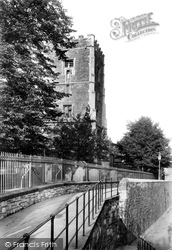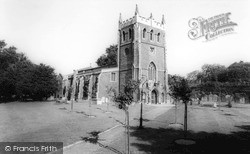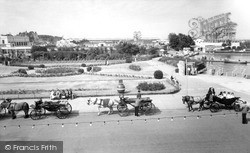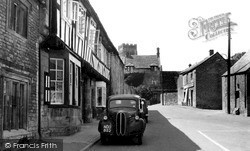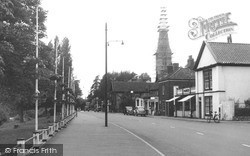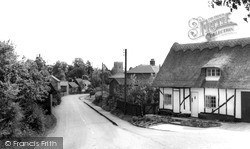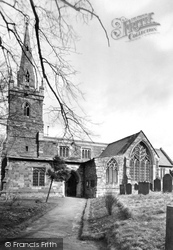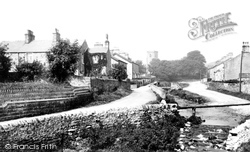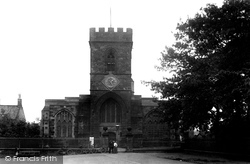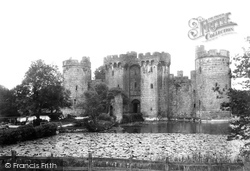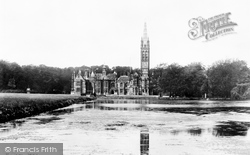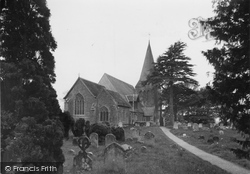Places
36 places found.
Those places high-lighted have photos. All locations may have maps, books and memories.
- Poplar, Middlesex
- Bow, Middlesex
- Bethnal Green, Middlesex
- Stepney, Middlesex
- Alton Towers, Staffordshire
- Isle of Dogs, Middlesex
- Limehouse, Middlesex
- Spitalfields, Middlesex
- Barjarg Tower, Dumfries and Galloway
- Bromley, Middlesex
- Stratford Marsh, Middlesex
- Tower Hill, Merseyside
- Tower Hill, Essex
- St George in the East, Middlesex
- Wapping, Middlesex
- Globe Town, Middlesex
- Old Ford, Middlesex
- Cubitt Town, Middlesex
- Tower Hill, Cheshire
- Tower Hill, Surrey
- Bow Common, Middlesex
- Mile End, Middlesex
- Millwall, Middlesex
- Ratcliff, Middlesex
- Warmley Tower, Avon
- Tower Hill, Hertfordshire
- Tower End, Norfolk
- Tower Hamlets, Kent
- Tower Hill, Devon
- Tower Hill, West Midlands
- Blackwall, Middlesex
- North Woolwich, Middlesex
- Hackney Wick, Middlesex
- Shadwell, Middlesex
- South Bromley, Middlesex
- Tower Hill, Sussex (near Horsham)
Photos
1,787 photos found. Showing results 2,381 to 1,787.
Maps
223 maps found.
Books
1 books found. Showing results 2,857 to 1.
Memories
637 memories found. Showing results 637 to 637.
Captions
3,007 captions found. Showing results 2,857 to 2,880.
The dome of the Infirmary is on the left, and Lewis's tower is in the centre.
Entry to the castle was by way of the twin-towered main gatehouse on the eastern side.
In the 14th century the estate passed into the hands of Alan Stewart of Darnley; the tower was probably built in the early 15th century by Sir John Stewart, Constable of the Scots in the French service
The Town Hall tower (centre right), designed by T M Lockwood and E A Landsdowne, was opened in 1885. It has since been demolished to make way for the British Home Stores.
The Bull was demolished in 1964, and at the same time the Maidenhead Inn was swept away to make way for the Tower Centre, which was opened in 1967.
The tower was restored in 2001. On the left is the village post office and tearooms, and to its right stands the fine turreted village hall.
Eridge Old Park is a deer park with a large lake; there is also an observatory tower on Saxonbury Hill on the site of an Iron Age hill-fort. Shernfold Park is a Victorian house of 1853.
The church has a tower built by Sir Edward Stanley, Lord Monteagle to fulfil the vow he swore before his victory at Flodden Field in 1513 - his patron saint was St Margaret.
The Jacobean oak pulpit of c1630 was found in the tower arch covered in white paint, and was placed in its present position during the restoration of the church in 1851.
This was a bold statement of the strength of non-conformity in the town; at 182 feet, it outshone the seemingly insignificant towers of the parish churches.
Eridge Old Park is a deer park with a large lake; there is also an observatory tower on Saxonbury Hill on the site of an Iron Age hill-fort. Shernfold Park is a Victorian house of 1853.
The church tower was built in the 15th century on the instructions of Jasper Tudor, Duke of Bedford and uncle of Henry VII.
At the Dissolution, the nave was demolished and the western arch of the tower was filled in. The people of the town bought the remains of the original building, and it then became the parish church.
In 1930, the so-called Marine Gardens, near the Clock Tower, were properly landscaped to become the Quadrangle Gardens; the name was eventually changed to Compass Gardens, as the giant ground compass with
The 15th-century tower of St Peter and St Paul church is on the skyline. It was built by the town's rich inhabitants during a period of religious fervour.
The present church of St Andrew replaced the medieval one in the 1860s: the tower, here seen under repair, is 150 feet high.
This view looks south down the main street towards the church of St Thomas and St Nicholas - we can see its 14th-century crossing tower (centre).
The church, a Norman foundation, is impressive, dominated by its ironstone tower and recessed spire.
The church of St Helen, with its 15th-century tower, can be seen on the skyline. It was largely rebuilt, but in keeping with the original style, in 1901.
west front was taken shortly after completion of the Temple Moore restoration, as we can see from the light-coloured stonework around the window, buttresses and parapets to the left of the tower
Details are difficult to make out in this pre-restoration photograph, but in front of the gateway tower is the ruined barbican, and in front of that is the much overgrown octagonal island, which at one
The tower was designed by Edward Pugin during a further phase of remod- elling in the 1860s. The Hall was famed for its oak carvings, panelling, plaster work, and handprinted wall papers.
Its square tower with an oak-shingled spire is of about 1190.
The building is impressive: tower and crocketed spire is 15th-century, while the body is of the 14th century.
Places (38)
Photos (1787)
Memories (637)
Books (1)
Maps (223)




